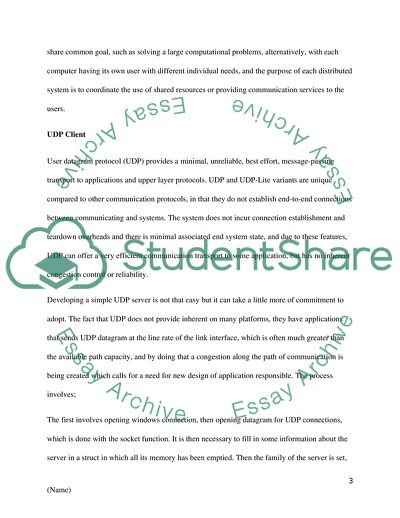Cite this document
(Distributed Systems Programming Essay Example | Topics and Well Written Essays - 1250 words, n.d.)
Distributed Systems Programming Essay Example | Topics and Well Written Essays - 1250 words. https://studentshare.org/information-technology/1811574-distributed-systems-programming
Distributed Systems Programming Essay Example | Topics and Well Written Essays - 1250 words. https://studentshare.org/information-technology/1811574-distributed-systems-programming
(Distributed Systems Programming Essay Example | Topics and Well Written Essays - 1250 Words)
Distributed Systems Programming Essay Example | Topics and Well Written Essays - 1250 Words. https://studentshare.org/information-technology/1811574-distributed-systems-programming.
Distributed Systems Programming Essay Example | Topics and Well Written Essays - 1250 Words. https://studentshare.org/information-technology/1811574-distributed-systems-programming.
“Distributed Systems Programming Essay Example | Topics and Well Written Essays - 1250 Words”. https://studentshare.org/information-technology/1811574-distributed-systems-programming.


